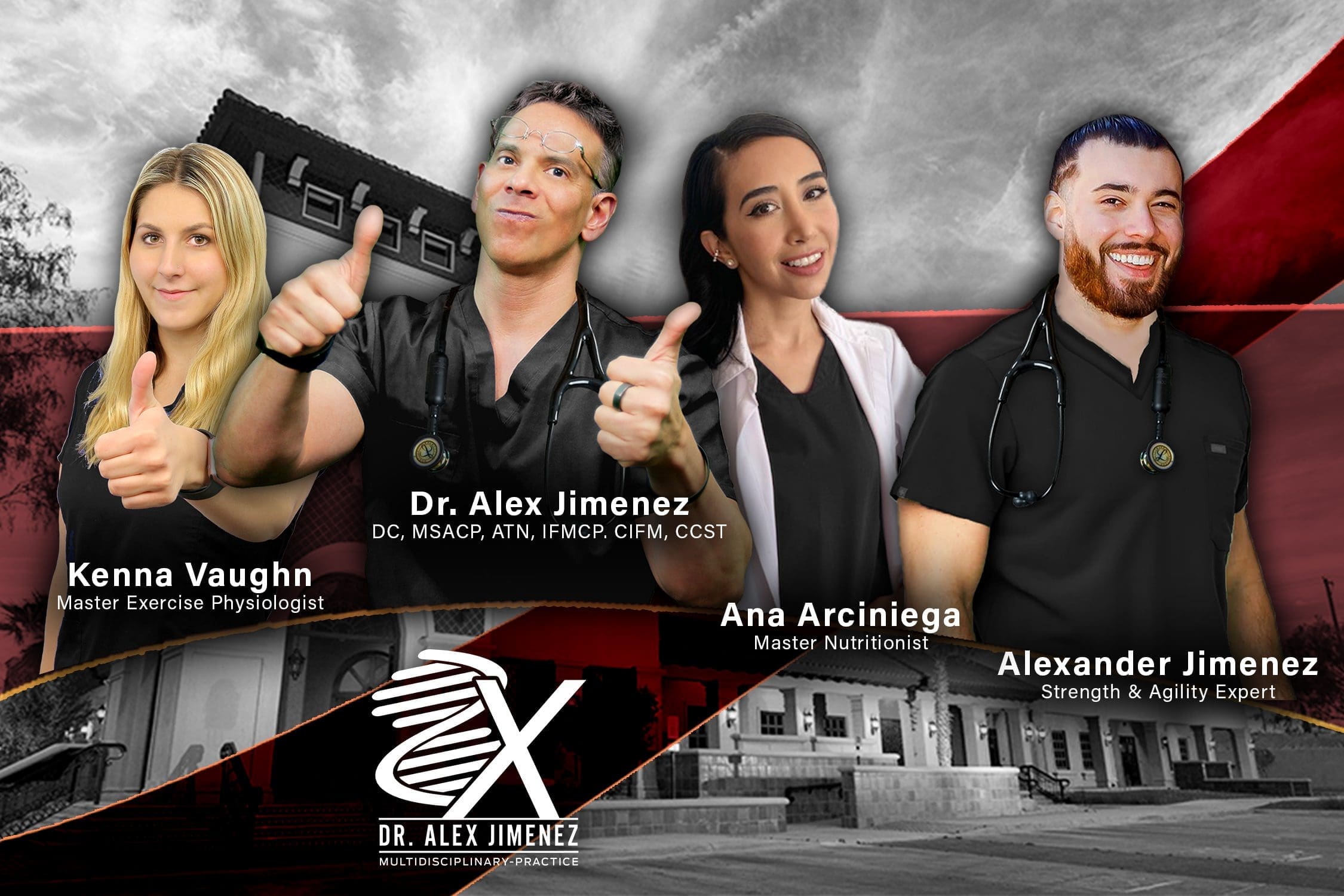Trending
- Diaphragmatic Breathing for Drivers to Reduce Stress
- Gluteal Pain Recovery Solutions Through Chiropractic Care
- Spine Alignment Digestion Improvement for Pain Relief
- El Paso Injury Specialist: Your Path to Full Recovery
- Chiropractic Neuromuscular Retraining After Accidents
- Work Injury Rehabilitation After Motor Vehicle Accidents
- Nutrition for Mobility: A Guide to Optimal Recovery
- Tech-Enhanced Injury Treatment for Faster Recovery
- Chiropractic Recovery Exercise Protocol After MVAs
- Nurse Practitioner Detox Guidance for Injury Recovery
Whiplash
Whiplash is a collective term used to describe injuries to the cervical spine (neck). This condition often results from an automobile crash, which suddenly forces the neck and head to whip back and forth (hyperflexion/hyperextension). Almost 3 million Americans are hurt and suffer from whiplash annually. Most of those injuries come from auto accidents, but there are other ways to endure a whiplash injury. The symptoms of whiplash may include: neck pain, tenderness and stiffness, headache, dizziness, nausea, shoulder or arm pain, paresthesias (numbness/tingling), blurred vision, and in rare instances difficulty swallowing. Soon after it happens at the acute phase the chiropractor will focus on reducing neck inflammation utilizing various therapy modalities (eg, ultrasound). They might also use gentle stretching and manual therapy techniques (eg, muscle energy therapy, a type of stretching). A chiropractor may also recommend you apply an ice pack in your neck and/or a light neck support to use for a short time period. As your neck gets less inflamed and the pain diminishes, your chiropractor will execute spinal manipulation or other techniques to restore normal movement to the your neck’s spinal joints.

